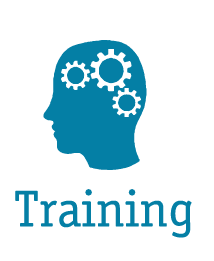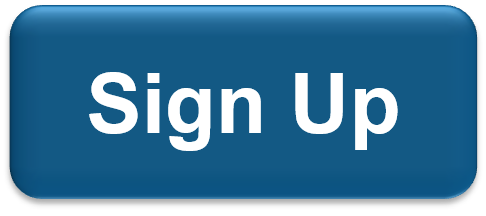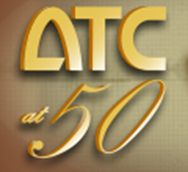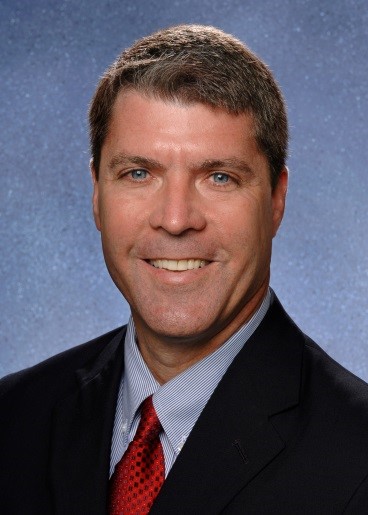In-Person Training of FEMA P-154,
Rapid Visual Screening of Buildings for Potential Seismic Hazards,
in conjunction with the EERI 68th Annual Meeting
| Tuesday, April 5, 2016 8:00am - 12:00pm Parc 55 Hotel 55 Cyril Magnin Street San Francisco, CA |
 |
|
Cost: $35 (covers A/V and venue fees) To register for the FEMA P-154 training ONLY, click here.
To register for the FEMA P-154 training AND the EERI 68th Annual Meeting, click here.
Purpose. Training on the Third Edition of FEMA P-154, Rapid Visual Screening of Buildings for Potential Seismic Hazards, covers methods and processes that enable users to rapidly identify, inventory, and screen buildings that are potentially seismically hazardous before earthquakes occur. Local officials can use these data to plan and prioritize further engineering and vulnerability analysis, emergency-response needs, and mitigation projects. This training is based on the third edition of the document published by FEMA in January 2015. Although some of the material remains unchanged from the second edition FEMA P-154 (published in 2002), the Third Edition provides major enhancements. Intended Audience. The target audience for this training includes structural engineers, architects, other design professionals, building officials, construction contractors, architectural and engineering students, and other individuals with a background in building design and construction. Handouts. This training will include the following hard copy materials for each participant: (1) FEMA P-154, Rapid Visual Screening of Buildings for Potential Seismic Hazards: A Handbook; and (2) FEMA P-155, Rapid Visual Screening of Buildings for Potential Seismic Hazards: Supporting Documentation. For additional copies, U.S. participants may request hard copies of these reports from the FEMA warehouse free of charge by calling 1-800-480-2520. Expedited and international orders may be made through the ATC Online Store by clicking here for FEMA P-154 and here for FEMA P-155. |
|
|
|
Training Instructor. Michael J. Griffin, P.E. Griffin is a Principal and partner at CCS Group, Inc. in Chesterfield, Missouri and has over thirty years of extensive experience in the assessment of natural hazards - earthquake and high wind, for structures and nonstructural components, equipment and systems. He is considered an industry expert and has worked in the Midwest, west coast and Caribbean performing earthquake risk assessments and subsequent structural strengthening designs to mitigate the risk of buildings and nonstructural equipment and systems. Griffin served as a member of the Project Technical Committee for the development of the Third Edition of FEMA P-154, Rapid Visual Screening of Buildings for Potential Seismic Hazards: A Handbook, and FEMA, P-155, Rapid Visual Screening of Building for Potential Seismic Hazards: Supporting Documentation. Griffin routinely provides training and education sessions to engineers, management personnel, and students in natural hazards and risk assessments. He holds both a Master and Bachelor of Science degrees from the University of California, Irvine and is registered as a licensed Professional Engineer in seven states. |
Contact. Questions about this training may be directed to Veronica Cedillos (This email address is being protected from spambots. You need JavaScript enabled to view it.; phone: 650-595-1542).
-
To register for the FEMA P-154 training ONLY, click here.
-
To register for the FEMA P-154 training AND the EERI 68th Annual Meeting, click here.
About NETAP. Instructor services and expenses for this training is funded by the Federal Emergency Management Agency (FEMA) National Earthquake Technical Assistance Program (NETAP), which is a mechanism for delivering direct assistance to the public to increase their knowledge and ability to analyze their risk, make a plan, and take actions aimed at reducing their earthquake risk and supporting overall community resilience. NETAP is not a grant or cooperative agreement program, but a contract managed by FEMA to rapidly deploy training and technical assistance to organizations and communities. For more information about NETAP please visit the FEMA website by clicking here.









